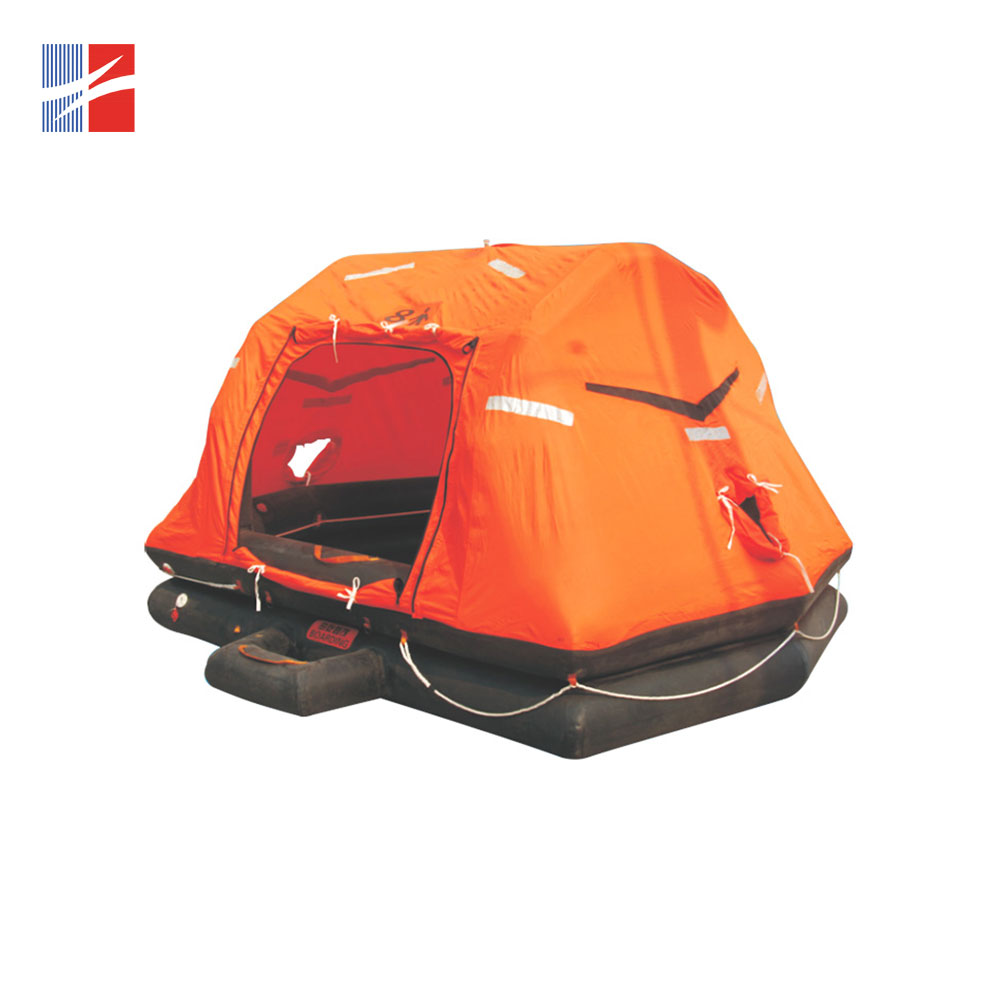The Importance of Regular Training and Drills for Yacht Self-Righting Inflatable Life Rafts
2024-07-10
Introduction
Owning a yacht self-righting inflatable life raft is a critical step towards ensuring safety at sea, but possessing the equipment alone isn't enough. Regular training and emergency drills are essential to ensure everyone on board knows how to use the life raft efficiently and effectively in an emergency. This blog will highlight the importance of regular training and drills and provide guidelines on how to conduct them for optimal preparedness.
The Critical Role of Training and Drills
1. Familiarity with Equipment
- Confidence and Competence: Training builds confidence and competence in using the life raft, reducing panic during actual emergencies.
- Understanding Functions: Regular drills help everyone understand the various features of the life raft, such as the self-righting mechanism, canopy deployment, and emergency supplies.
2. Time Efficiency
- Speedy Deployment: In an emergency, time is of the essence. Drills ensure that the life raft can be deployed quickly and efficiently, minimizing the time spent in a dangerous situation.
- Orderly Process: Practiced procedures prevent chaos and ensure that boarding the raft is orderly and safe, reducing the risk of accidents during an emergency.
3. Team Coordination
- Clear Roles: Assigning specific roles during drills ensures that everyone knows their responsibilities, improving coordination and teamwork.
- Communication: Regular practice enhances communication among passengers and crew, which is crucial during high-stress situations.
Guidelines for Conducting Effective Training and Drills
1. Scheduled Drills
- Regular Intervals: Conduct drills at regular intervals, such as monthly or quarterly, to keep skills sharp and procedures fresh in everyone’s mind.
- Varied Scenarios: Practice different emergency scenarios, such as daytime versus nighttime drills, to prepare for various situations.
2. Comprehensive Training
- Full Deployment: Include full deployment of the life raft in training sessions to familiarize everyone with the process from start to finish.
- Emergency Supplies: Train on the use of all emergency supplies within the raft, such as signaling devices, food rations, and first aid kits.
3. Role Assignment and Rotation
- Assigned Roles: Assign specific roles to individuals, such as who will deploy the raft, who will assist passengers, and who will manage supplies.
- Role Rotation: Rotate roles periodically to ensure everyone has the opportunity to practice different tasks and develop a well-rounded skill set.
4. Debriefing and Feedback
- Post-Drill Review: Conduct a debriefing session after each drill to discuss what went well and identify areas for improvement.
- Incorporate Feedback: Use feedback from participants to refine and improve future drills and training sessions.
Key Training Areas for Yacht Self-Righting Inflatable Life Rafts
1. Deployment Techniques
- Manual vs. Automatic: Ensure everyone knows how to manually inflate the raft if automatic inflation fails.
- Positioning: Practice the correct positioning of the raft during deployment to ensure it inflates properly and can self-right if necessary.
2. Boarding Procedures
- Orderly Boarding: Train on boarding the raft one at a time to maintain balance and prevent capsizing.
- Using the Ladder: Familiarize everyone with the use of the boarding ladder to make entry into the raft easier and safer.
3. Survival Skills
- Use of Supplies: Teach how to properly use the emergency supplies within the raft, including rationing food and water.
- Shelter Setup: Practice deploying the canopy and insulating the floor to protect against harsh weather conditions.
4. Signaling for Help
- Signaling Devices: Train on the use of flares, whistles, and any other signaling devices included in the raft.
- Communication: Ensure clear communication strategies are in place for signaling to rescuers and coordinating with other passengers.
Benefits of Regular Training and Drills
1. Increased Survival Chances
- Preparedness: Well-trained individuals are more likely to remain calm and act efficiently, increasing their chances of survival.
- Skill Retention: Regular practice ensures skills and knowledge are retained, making them readily accessible in an emergency.
2. Enhanced Safety Culture
- Safety Awareness: Regular drills promote a culture of safety, making all passengers and crew more aware of potential risks and how to mitigate them.
- Proactive Mindset: Encourages a proactive approach to safety, where individuals are constantly thinking about and preparing for potential emergencies.
3. Compliance with Regulations
- Regulatory Compliance: Regular training and drills help ensure compliance with maritime safety regulations, which often require documented emergency preparedness measures.
- Insurance Benefits: Demonstrating a commitment to safety through regular drills can positively impact insurance premiums and coverage.
Conclusion
While having a yacht self-righting inflatable life raft is crucial, regular training and drills are essential to ensuring its effectiveness in an emergency. By conducting comprehensive, varied, and frequent drills, yacht owners can enhance their preparedness, improve safety for all on board, and significantly increase the chances of survival in critical situations. Investing time in training not only builds confidence and competence but also fosters a strong culture of safety that benefits everyone on board.



